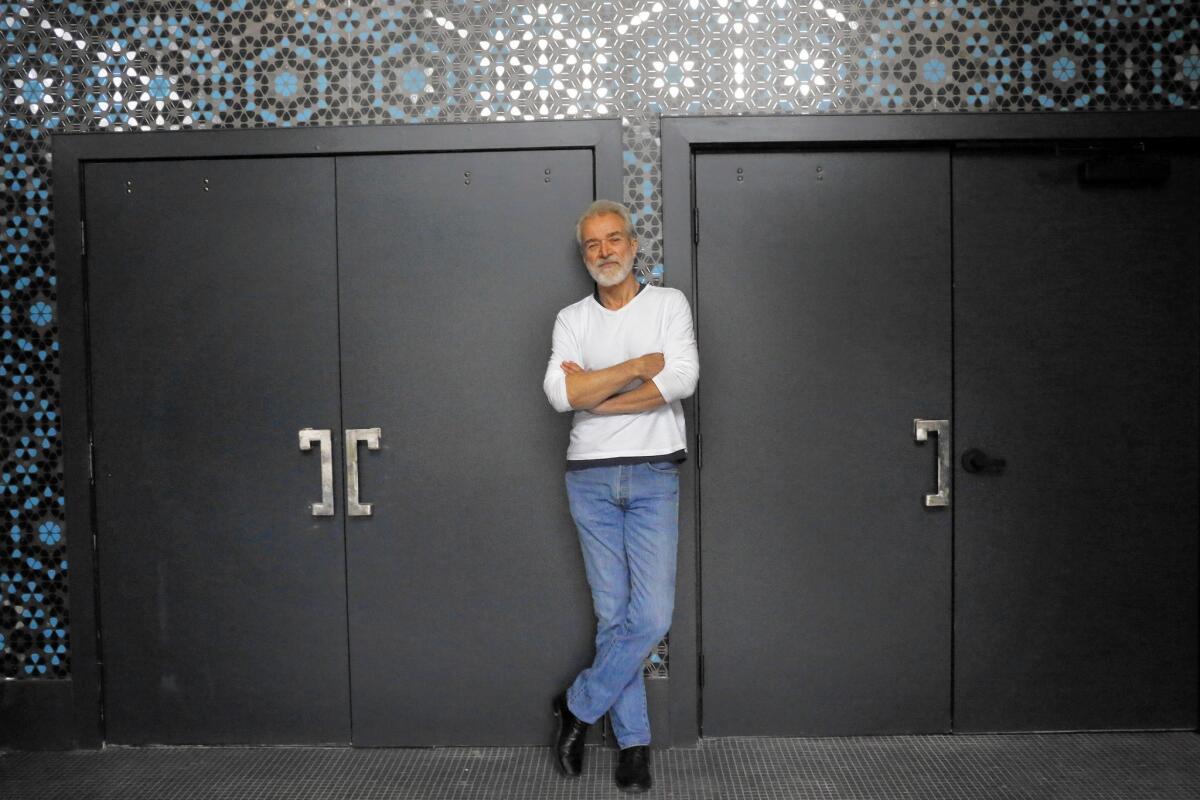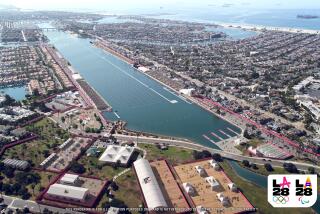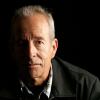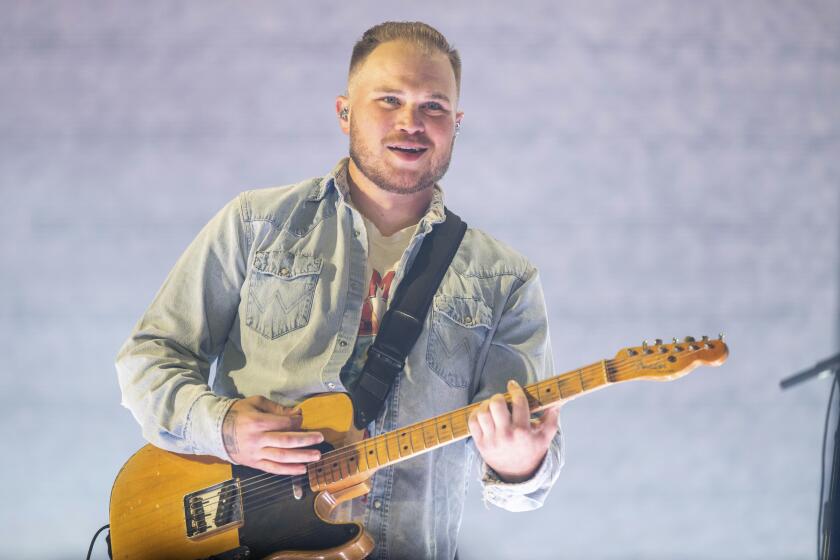Teragram Ballroom adds to L.A.’s music venue roster

The Mercury Lounge and the Bowery Ballroom have been key players in New York City’s music scene since they opened in the ‘90s, and now both venues are about to get a new stepsibling in Los Angeles: the Teragram Ballroom.
“I’m not here to plant a flag for New York,” said Michael Swier, a founder of the Mercury and the Bowery. He was standing in the 102-year-old, former silent-movie theater that he and his partners are converting into the newest player on the hotly competitive L.A. music scene. His declaration is a preemptive strike against any “New York interloper” reactions to the Teragram’s arrival. “This just seemed like the right venue in the right place at the right time.”
The Teragram is set to open May 31 with Texas indie-rock band Spoon. The 600-capacity club’s calendar also includes shows with Southland indie-rock band Delta Spirit and Friends in June, the seminal New York punk/new wave band Television in July and Albert Hammond Jr. of the Strokes in October.
MAP: Randall Roberts’ best music venues
The club’s location on 7th Street just west of the 110 Freeway places it in a part of town that hasn’t hosted much contemporary music activity. The revitalization of downtown Los Angeles and the influx of people who live and work nearby helped convince Swier the time was right for a new music venue, something he’s been working on at various levels for nearly 21/2 years.
“People from downtown have to come a little bit west, people who live in Silver Lake or Echo Park have to travel a bit south,” he said. “I feel like we’re kind of pushing the boundary out here. But I do believe all that development is going to move out this way.”
The Teragram — it’s “Margaret” spelled backward, in memory of his wife, Margaret Hannigan, who died of cancer in 2009 — houses three main spaces: The central ballroom, where the shows will play out, is flanked on one side by a restaurant and on the other by a bar that figures to look even swankier once the power tools and other construction equipment are gone. The bar space previously had held a diner that was a popular location for film and TV shoots.
The ceiling in the ballroom is supported by five massive, rib-like arches running from side to side overhead rather than floor-to-ceiling beams and also still has four inverted half-dome lighting fixtures that were part of the original building.
“When you’re looking for a music room, it’s hard to find a perfect space that doesn’t have columns in the way, interfering with sight lines,” said Swier’s business partner, Joe Baxley, who also operates the Broadway Bar at the Orpheum Theatre downtown and the Monty Bar down the street from the Teragram.
Standing on the sidewalk outside the building’s dark-gray facade, Swier, his blue eyes framed by his salt-and-pepper hair, mustache and close-cropped beard, pointed up over the doorway to a brick archway, now visible behind a chipped-out section of latter-day wall that covered the theater’s original exterior.
“If you’ve ever been to the Bowery Ballroom, you know it also has an archway at the entrance,” Swier said, walking through the main doors into the foyer that also boasts an arched ceiling. Nearly a dozen construction workers buzzed about putting final touches on the makeover he estimates at $2.5 million to $2.6 million. “When we found these original elements of the building, we took that as a good omen.”
It will take some time to get up to speed of the 225 shows Swier expects to be booking annually — most for 18-and-older crowds, but he anticipates all-ages shows as well.
He recognizes the challenge of starting operations in Los Angeles at a time when the world’s two biggest concert promoters — Live Nation and AEG Live — are increasingly acquiring clubs around the Southland.
“I’m surprised it took them so long,” said Swier said, who lived in the South Bay during the 41/2 years he resided in Southern California in the 1970s. “Obviously their bread and butter is the larger places.
“I think what we can do better than anyone is really take pride in these venues specifically. We build them and run them specifically with a much more personal touch on all levels. The agents, the bands, they see that, they feel that. I think that’s what we’ve got.”
Twitter: @RandyLewis2
For more on Classic Rock, join us on Facebook.
More to Read
The biggest entertainment stories
Get our big stories about Hollywood, film, television, music, arts, culture and more right in your inbox as soon as they publish.
You may occasionally receive promotional content from the Los Angeles Times.










